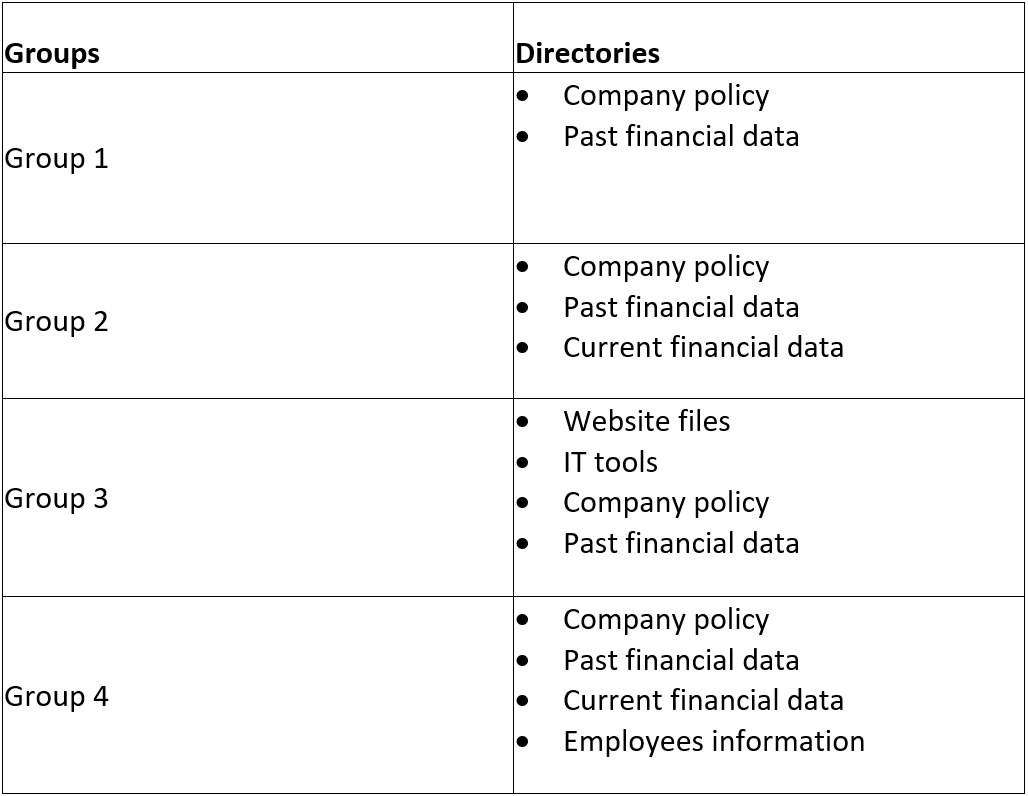Directories
Since the internet was invented, several forms of directories have been applied in different areas to facilitate work. It entails the usage of the software that is mainly charged with the role of storing, organizing, and accessing information in case needed in a computer operating system. In the field of engineering technology, a directory is defined as a map that differentiates between names and values. Once the name is provided, it has the capacity of checking up the value, as long as it matches with the one found in the directory. A directory functions in the same way as the dictionary since it might give the two meanings of a single name.
Again, any name saved in the directory might be having several types of data, just the way a word might be having several parts of speech in the dictionary. A directory is a collection of files and other (sub) directories. It can be viewed depending on permissions specified to each user or group. Every user of a UNIX server, when logged in, is forwarded to a certain home directory. The following are various directions associated with the company:
- Improved devices project;
- Natural numbers project;
- Current financial data;
- Past financial data;
- Employees information;
- Website files;
- IT tools;
- Company policy files.
Groups and users of each group
Groups
Various groups containing different users are named below:

Directories in each group
Each directory can be accessed by various groups, which are shown below:
Permissions for each directory
Every file on the system has been associated with a set of permissions. There are three things you can (or cannot) do with a given file:
- read it,
- write (modify or update) it, and
- execute it.
Some directories can be viewed by some users but can be modified while others can access the same directories read, write or update them. This is shown below:
Handling archiving of old projects
- By allocating specified storage
- Moving finished projects to old archives
- Keeping the useful projects and disposing of the none useful projects
How to use root privileges
Root privileges should be used for most of the work since most of the done needs privileges to do it.